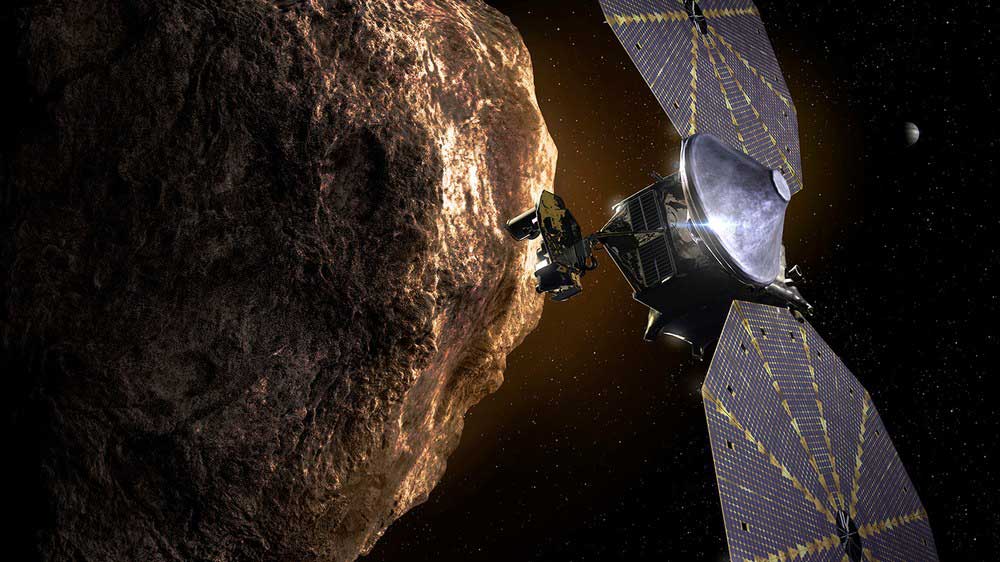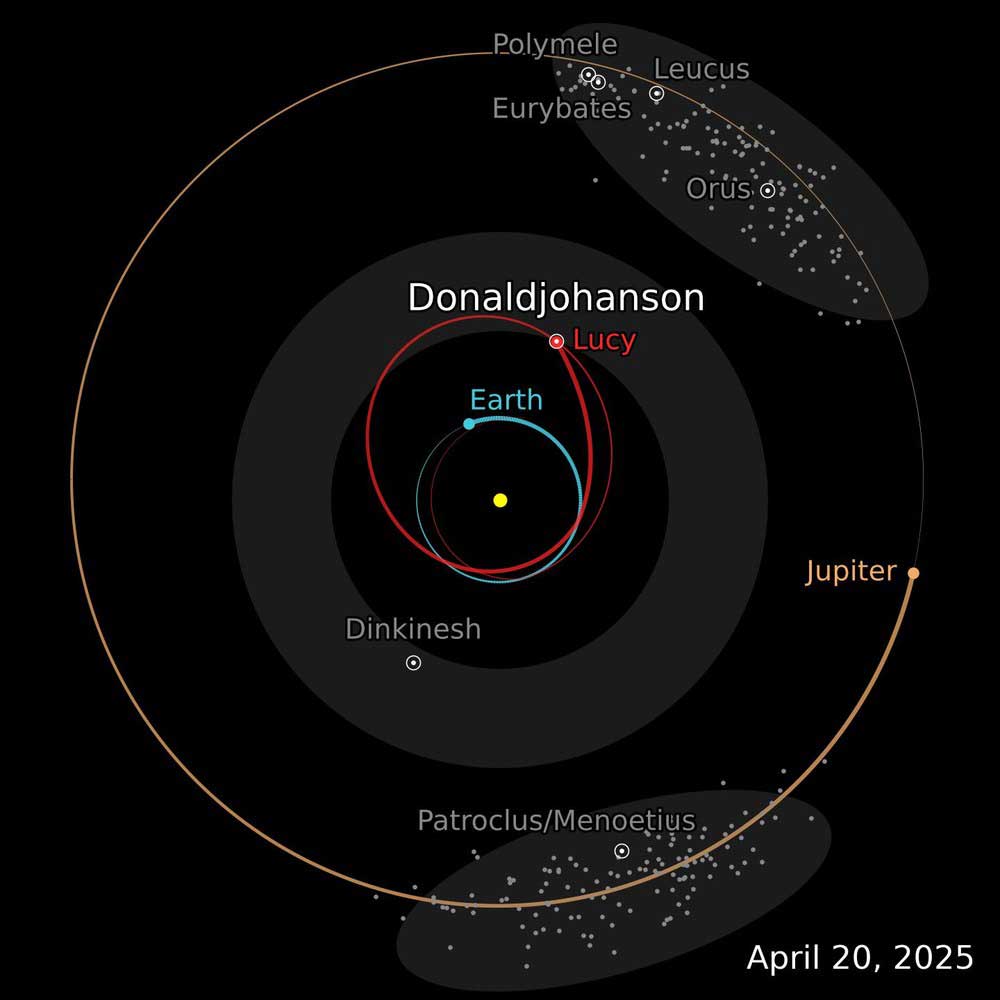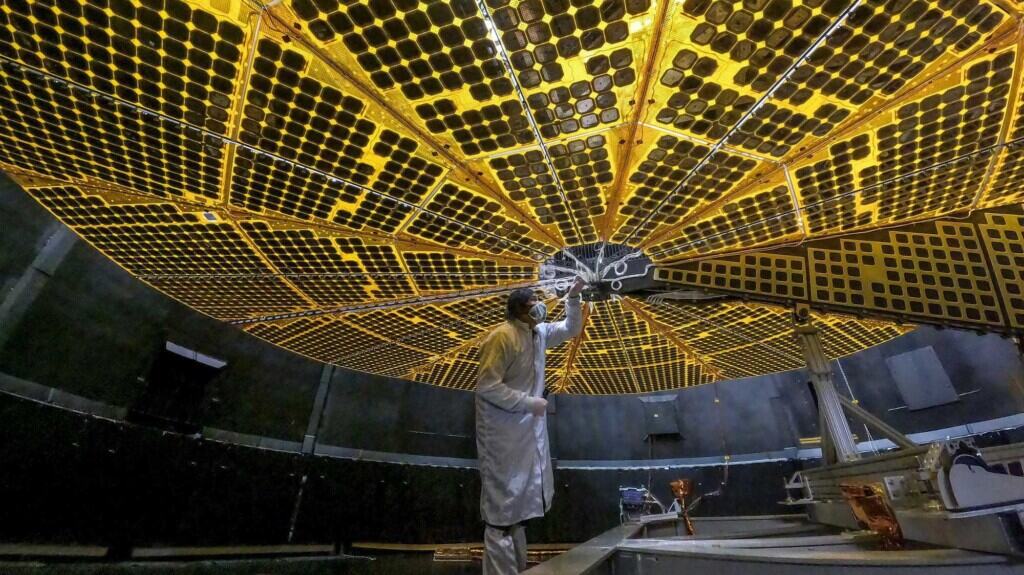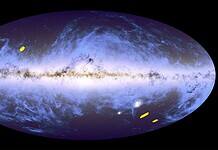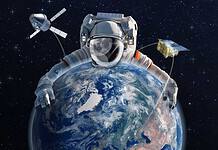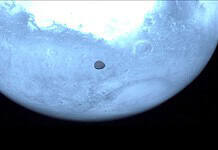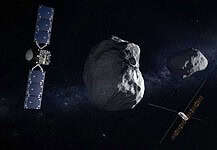This site is also available on:
Deutsch
NASA’s Lucy spacecraft is scheduled to pass the asteroid (52246) Donald Johanson on Easter Sunday at a distance of just under 1,000 kilometers. This carefully planned approach will enable sharp images with the L’LORRI camera system. The German Aerospace Center (DLR) will analyze the collected data.
Precise flyby
The Lucy spacecraft’s flyby will occur at a speed of 13.4 kilometers per second, equivalent to nearly 50,000 km/h. Dr. Stefano Mottola of the German Aerospace Center (DLR) emphasizes the importance of precise planning to track the probe’s course. The optical navigation images transmitted in the preceding months have contributed to course verification.
Image capture technology
The probe is equipped with a Terminal Tracking System (TTS), which locks onto the asteroid during its approach and automatically adjusts the camera orientation. This allows for optimal use of the camera’s field of view. The TTS proved extremely effective during the first flyby in 2023. This should also be the case during this encounter.
Expanded research objectives
In addition to the image acquisition by L’LORRI, four additional experiments on board the Lucy probe will collect scientific data. The DLR Institute plans to process the image data into digital terrain models to obtain precise shape and topography data. These models are crucial for further characterization of the asteroid.
Asteroid properties
Based on previous navigation results, it is assumed that Donaldjohanson could be an elongated and slowly rotating asteroid. Final confirmation of these assumptions will come from data to be analyzed after the actual encounter on April 20, 2025. The expected images will reveal surface details for the first time.
The German Aerospace Center (DLR) is a world-leading research center in the field of aerospace. With deep involvement in international space missions, the DLR is renowned for its advanced technologies and scientific contributions to the exploration of our solar system.
Discoveries from the Lucy mission are surprising
NASA’s Lucy mission, named after the famous fossil, made further discoveries in observations of main-belt asteroids in November 2023. The science team not only found surprising companions to the asteroid Dinkinesh, but also potentially provided clues to the abundance of binary bodies in the main asteroid belt.
New findings about the asteroid Dinkinesh
In November 2023, the Lucy team successfully observed the asteroid Dinkinesh and discovered a 220-meter-diameter moon, Selam. This observation was complemented by the discovery of another small contact moon accompanying Selam. Such discoveries could indicate a greater abundance of binary bodies than previously thought. This raises new questions about the formation and composition of asteroids in the main belt.
Donald Johanson’s importance in asteroid research
The asteroid Donaldjohanson, discovered in 1981 by Schelte John Bus, was named after Donald Johanson, the discoverer of the hominin fossil Lucy. NASA’s Lucy mission, also named after this fossil, aims to learn more about asteroids in stable orbits around Jupiter. Their orbit differs in inclination and distance from previous main-belt asteroids, raising interesting questions about their origins.
Objectives of the Lucy mission and future explorations
The Lucy mission launched on October 16, 2021, as part of NASA’s Discovery-class mission. Its focus is on studying the Trojan asteroids, located in Lagrange points in front of and behind Jupiter. So far, researchers know little about these asteroids, their compositions, or their origins. Lucy plans to closely observe a total of eleven asteroids by 2033, including some that may be from the Kuiper Belt.
Scientific implications and future research
Lucy’s discoveries have major implications for understanding asteroid formation. The discovery of binary bodies could lead to a rethinking of the model of asteroid formation and evolution in the solar system. Further studies and observations of asteroids could provide new insights into the early history of our solar system.
NASA’s Lucy mission, named after the famous hominin fossil, is a groundbreaking asteroid exploration project. The goal is to better understand the origins and evolution of these celestial bodies. The mission is part of NASA’s Discovery program, which aims to advance scientific knowledge through targeted explorations of the solar system.

